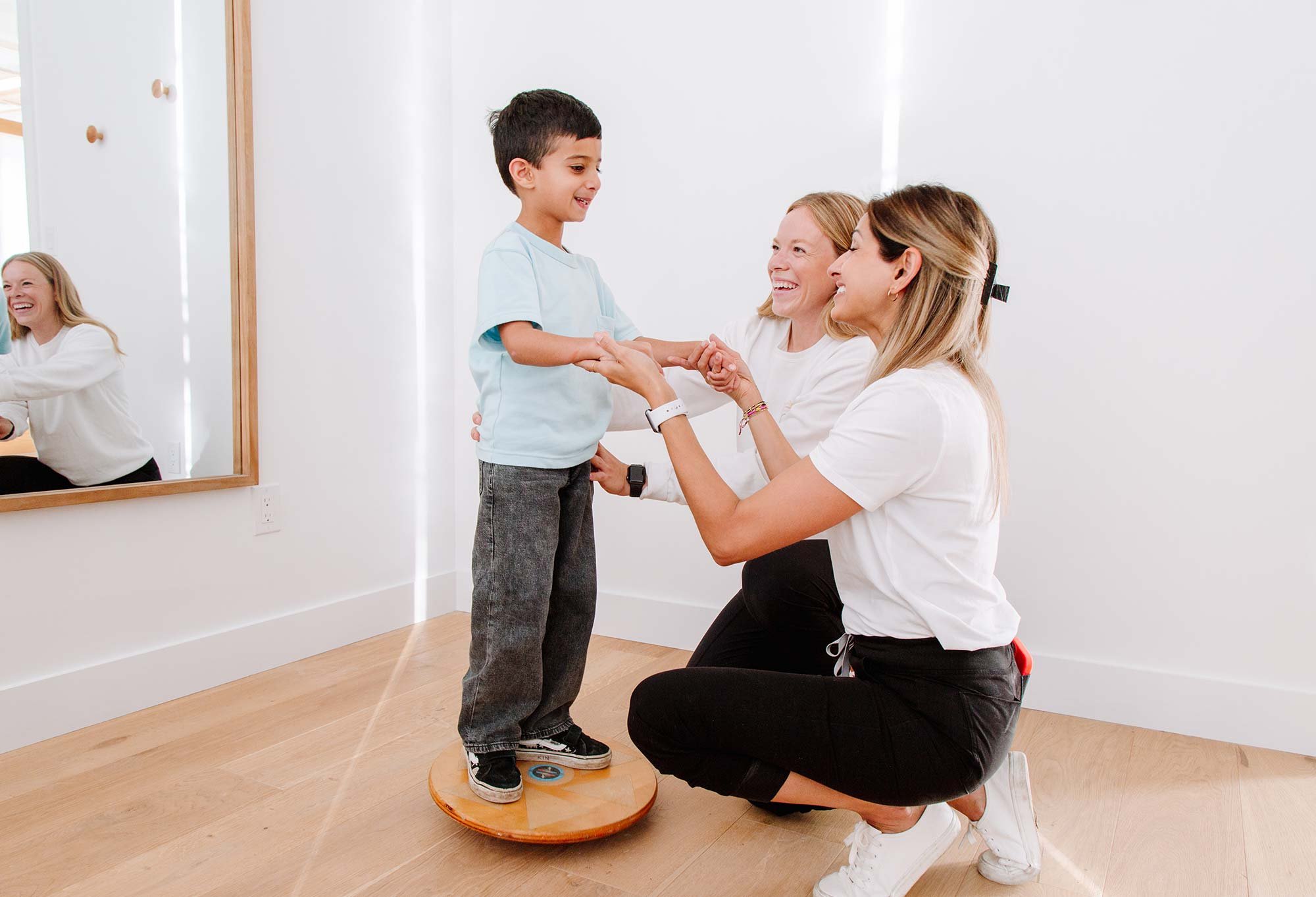
craniosacral therapy
for babies + children
sometimes even the littlest humans hold tension
where tiny bodies find big relief
Babies are incredibly resilient—but birthing, feeding challenges, and the daily work of growing can leave their little bodies holding more tension than you might think.
At wellbe, we offer infant and child craniosacral therapy (CST) as a gentle, calming way to help your little one feel more comfortable, settled, and supported.
Using a soft and gentle touch, our trained craniosacral therapists work with your baby’s head, spine, and sacrum to gently release tightness and support their nervous system. Many parents notice improvements in feeding, sleep, digestion, and overall ease—sometimes after just one or two sessions.
At wellbe, every session is baby-led and grounded in calm, comfort and care - always meeting your child exactly where they are, with space for snuggles if needed.

why parents choose Craniosacral therapy (or CST) at wellbe
Parents and caregivers often turn to craniosacral therapy when their baby or kiddo doesn’t seem fully at ease -and nothing else quite does the trick.
Maybe it’s feeding struggles, difficulty sleeping or lingering tension after birth. Maybe your child gets frequent headaches, feels overwhelmed by sensory input or just seems out of sync in their own body.
CST offers a gentle, hands-on way to support the nervous system, ease discomfort and help your child feel more calm, connected and comfortable - from the inside out.
At wellbe, our sessions are always grounded in safety, trust and collaboration- because when your little one feels better - the whole family does too.
What can Craniosacral therapy help with?
-
Feeding challenges, including latching
Reflux and gas
Restless sleep or frequent waking
Head shape or flat head spots (eg. plagiocephaly)
Torticollis or side preference
Body tension from birth or tongue tie
Pre and post-tongue tie release
Fussiness, difficulty settling
-
Headaches, migraines
Jaw tension or teeth grinding
Sensory overwhelm, emotional dysregulation
Sleep difficulties, or restlessness
Digestive discomfort
Recovery from injuries, or falls, concussions
Anxiety, stress or trouble winding down
Focus or attention challenges
Tension from orthodontic work or growth spurts
What to Expect from a CST session
Whether your little one is a newborn or an older child, craniosacral therapy is always gentle, calming, and entirely child-led. Every session is guided by your child’s comfort, with space for feeding, play, movement, or cuddles—whatever helps them feel safe and supported in the moment.
Babies might nap, coo, or snuggle in your arms while we work. Older kids may want to lie down and relax, sit up and chat or play with a toy, or move around and come back when they’re ready. Throughout the session, we’ll follow their lead and adapt based on their needs & comfort.
Using soft, supportive touch on areas like the head, spine, or sacrum, our therapist will stay tuned into your child’s responses and check in throughout the session. You’ll be included every step of the way, with simple explanations and take-home tips to continue supporting your child’s comfort at home.
Sessions are never rushed, always respectful, and designed to help your child’s nervous system settle, release tension, and find more ease—on their own terms.
Want to a peek inside a session? Click here to learn more.
meet your team
your wellbe craniosacral therapy providers
-

Leslieville + beaches
FAQs
If you have any questions about craniosacral therapy for babies and children, please use our chat box, or contact us.
-
Your therapist will use gentle, light holds around your child’s head, neck, spine, or hips to help release areas of tension. Babies can feed, nap, or snuggle during the session — for toddlers and older children, we keep things flexible and playful so they feel comfortable. Click here to learn more about what to expect during a session.
-
The principles are the same: light touch, deep listening, and letting the body guide the work. For babies and kids, sessions are shorter and always flexible to match their mood and comfort.
CST is done clothed, it is more subtle (less than 5g of pressure, the lighter the better), targets the nervous system indirectly by releasing fascia and unlocking the cerebrospinal fluid rhythm in order for self-healing. Assessments and treatments are more intuitive, where we treat on the body may not flow, as we get called to specific areas of tension in order to support craniosacral releases. Sessions can actually be longer than massage therapy, as we trade pressure for more time during releases.
Massage Therapy works directly with muscles and circulation and so pressure is usually deeper and treatments have more flow and are more general. Clothes can be on or off depending on comfort and typically involves lotion with skin-to-skin contact.
-
Pediatric follow up sessions are typically 30–45 minutes, depending on your child’s age and tolerance that day.
-
It depends — some families find one or two sessions helpful, others benefit from a short series, especially for feeding challenges or persistent tension. Your practitioner will guide you based on a comprehensive assessment in clinic and what you’re noticing at home.
-
Families often come for help with feeding or latching issues, head shape concerns, colic or reflux, sleep challenges, or general fussiness in babies. For toddlers and older kids, CST can support tension headaches, jaw tightness, stress, and nervous system regulation.
-
Yes — CST uses extremely gentle pressure, no more than the weight of a nickel. It’s safe for even the smallest babies when done by a trained practitioner.
-
Absolutely. Parents are part of the session — your baby’s comfort is the priority.
-
If booked under Sheila’s RMT designation and your plan covers pediatric massage therapy, yes — but always check with your provider.
looking for additional wellbe-ing support? explore our services.





